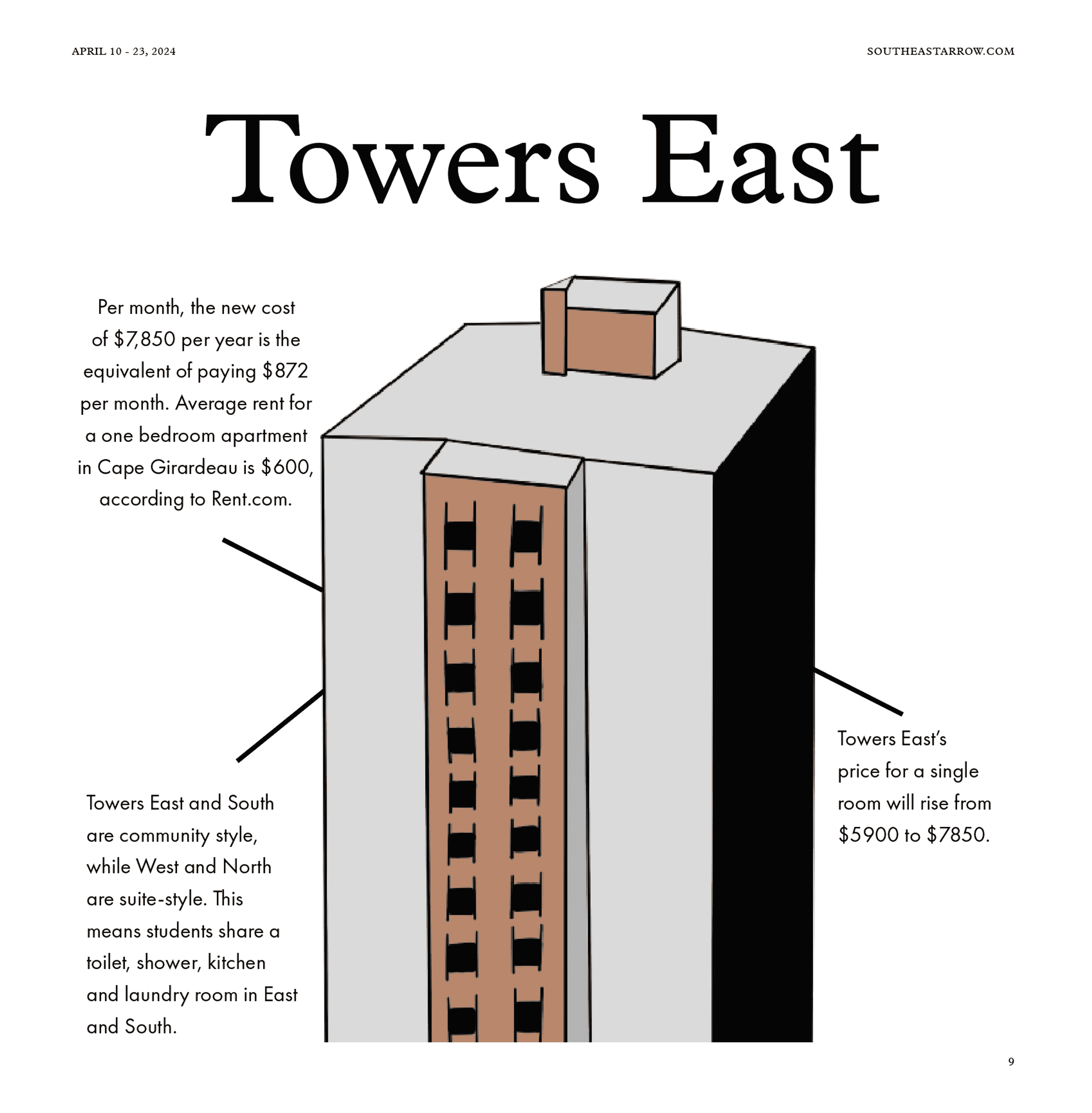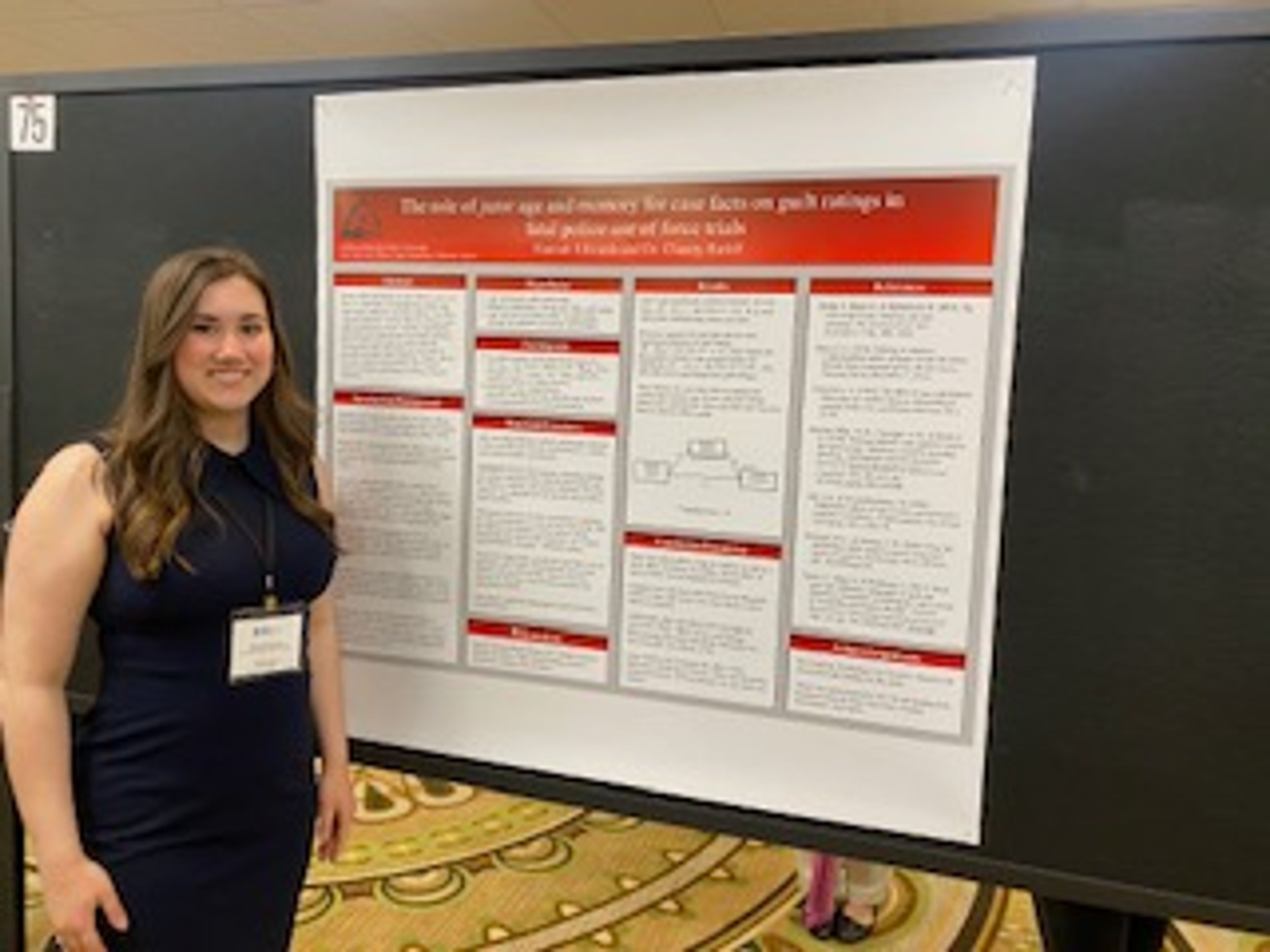SEMO Alumni Mack Kietzer walks the 28 steps up to the domed centerpiece of SEMO’s campus every day for work. He opens the heavy wooden door and steps onto Academic Hall’s ornate tile, just as students and staff have done for 115 years since the building was completed in 1909.
SEMO’s historic buildings offer more than a location for study. They create a sense of place and belonging.
For Kietzer, Academic Hall is more than stone, wood, plaster, and copper. It’s a legacy.
“It’s always interesting when people come in here and comment about the changes that have been made,” Kietzer said. “I hear there was a pool downstairs, and I’ve actually tried to find pictures of it, but I’ve only found pictures of the construction.”
According to the coordinator of the historic preservation program and history and anthropology professor, Steven Hoffman, classic architecture builds trust in the institution.
“It’s not just the things you’re learning and the experiences you’re having with fellow students and faculty, but also the environment in which those experiences are taking place,” Hoffman said. “Being able to walk across campus and see these buildings that are 100 or 120 years old adds value.”
Even students who are unaware of the historical significance of the older buildings can benefit from their presence on campus.
“It adds value to the quality of life. When graduation season approaches, we see people taking pictures in front of Academic Hall. That’s a place memory that they're going to carry forward throughout their lives… Quality of environment is significant for people,” Hoffman said.
Hoffman has professed the importance of historic preservation at SEMO for 28 years. Many of his students have gone on to have exceptional careers in the field.
In 2012, SEMO Alumni Jeremy Wells published an article in the Journal of Environmental Psychology.
In the article, Wells and co-author Elizabeth Baldwin find that historical environments have the “Ability to instill creative fantasies in the minds of the [subjects involved with the study].”
Wells has since earned his Ph.D. in Environmental Design and Planning and is a professor at Roger Williams University in Bristol, Rhode Island.
Not all buildings have had the same renovation and continuous maintenance as Academic Hall, Carnahan, or the River Campus Seminary. Historic structures like Art, Cheney, and Dearmont stand mostly unused while the university considers their fates.
Kietzer, like many hundreds of students before him, has fond memories of his time in Cheney Hall.
Cheney Hall was constructed in 1939, before America’s involvement in World War II, and closed in 2015, the year before Kietzer graduated.
“It’s sad because a lot of my friends lived in Cheney and students don’t live there anymore,” Kietzer said. “It’s a lot different from the dorms they have now. Each floor had a big communal bathroom, but the dorm rooms were fairly large.”
Budget difficulties and competing priorities are often the culprits for the disrepair of historic structures.
“Spending money is about what you want to do next and can you put out the fires in front of you?” Hoffman said. “The problem with building maintenance is that it’s a slow, smoldering issue and the cumulative effect of that lack of investment catches up with you.”
Despite being one of only nine historic preservation undergraduate programs in the nation, the program has no formal input in the preservation of buildings on campus, according to Hoffman.
That hasn’t stopped Hoffman from having ideas for Cheney Hall.
“I think we need a maker space in Cape Girardeau. A woodworking, metal fabrication, and pottery shop… that would be community focused and would allow the students to come in,” Hoffman said.
The sale of the Himmelberger House in 2022 is another example of what SEMO could do with Cheney, Hoffman said. The historic building was previously slated for destruction, but will now house a boutique hotel.
While maintaining historic structures is a difficult proposition, it is a worthwhile venture, according to Hoffman.
“We need to preserve the quality of the buildings of the past because that’s going to create a richer environment for students, faculty, and visitors,” Hoffman said.




